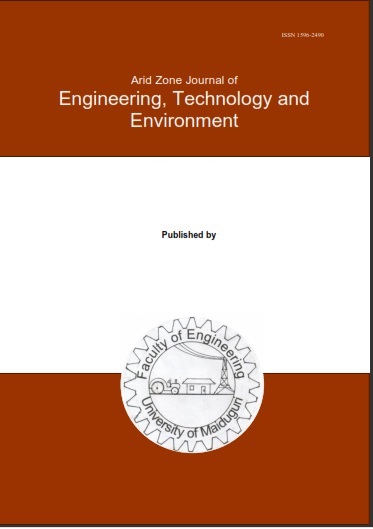Abstract
Urban vegetation is one of the key essential components that contributes to ecological balance and environmental sustainability. However, due to rapid urbanization in the last few decades, there has been cases of vegetation loss which has increased the land surface temperature (LST) and affected the environmental sustainability. Thus, the aim of this study is assessing the impact of vegetation loss on Land Surface Temperature of Bwari Area Council during the periods of 1990-2021, using geospatial techniques. The support vector machine (SVM) supervised classification algorithm was used to classify Satellite imageries into land use land cover (LULC) maps according into buildup area, water body, vegetation and rock/bare ground using ArcGIS Pro. All the classified LULC maps had an overall accuracy of more than 90% with the overall Kappa coefficient also more than 0.9. The analysis of LULC estimation suggests a significant increase in Built-up areas (+ 255.45%) and a reduction in Vegetated areas (-75.17 %) from 1990 to 2021. Brightness temperature, Land Surface Emissivity (LSE) and Normalized Difference Vegetation Index (NDVI) were computed to estimate land surface temperature. The results show that the LST was higher in the regions of built-up areas and rock/bare ground but lower in vegetated areas with the maximum temperature of the study area increasing from 37.11 °C in 1990 to 58.87 °C in 2021. Correlation between land surface temperature and NDVI/NDBI for the study periods was carried out. The results show that correlations between NDVI and LST are rather weak negative, but there is a strong positive correlation between NDBI and LST. These results call for implementation of policies to control rapid urban growth in Bwari Area Council and preserve vegetal covers and as well an extension of the implementation of the Abuja Master Plan to Satellite Towns around Abuja.

This work is licensed under a Creative Commons Attribution-NonCommercial-NoDerivatives 4.0 International License.
Copyright (c) 2025 ARID ZONE JOURNAL OF ENGINEERING, TECHNOLOGY AND ENVIRONMENT

